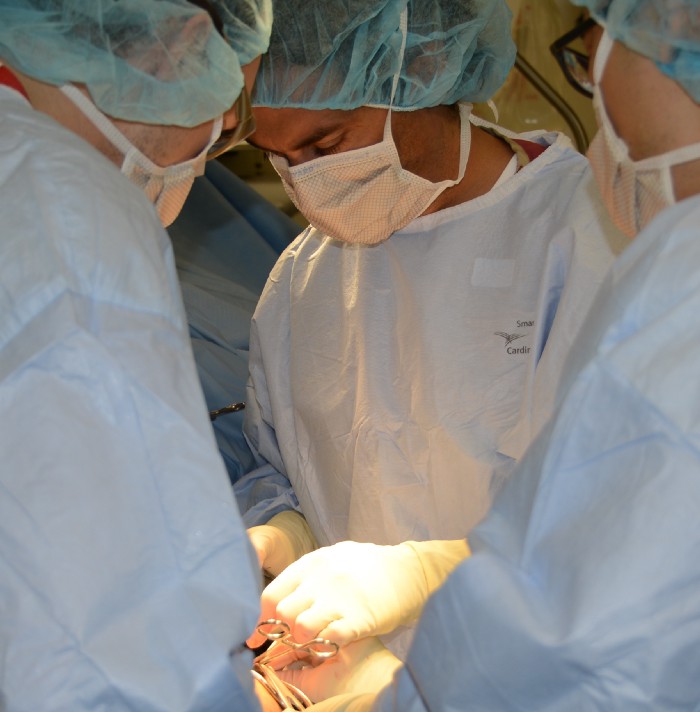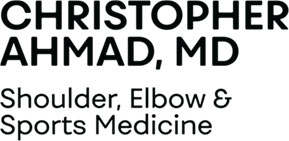I started researching how ligaments tear in the late 1980s. My undergraduate mechanical engineering degree from Columbia University provided me with tools to analyze the strength of materials from plastics to different metals. In 2001, I applied the same testing scheme to determine the exact strength of the elbow UCL. This required securing cadaver elbows in a special testing machine that applied precisely measured force to the elbow, replicating the force of throwing until the ligament ruptured. The results were concerning, predictable but still misunderstood. The UCL is remarkably fragile. Some UCLs were failing with the force it takes to snap a piece of celery.
92.3 mph. That is the average fastball from an MLB starter in 2018. Every year the average fastball velocity increases in professional baseball. Velocity is likely increasing each year in college and HS baseball also. Velocity enhancement programs are ever popular. From a physics perspective, velocity is directly linked to force on the UCL. The higher the velocity, the higher the force on the UCL, and the more likely it is to blow. Pitchers and now even position players are pushing their bodies to their absolute physical limits with their quest to throw at maximum velocity. For these athletes, the pitching mound is acting just like the edge of a cliff. I am the surgeon who is looking up from the bottom of the cliff, and when these athletes tear their UCL and fall off the edge, I put them back together with Tommy John surgery. Each year I manage several hundred athletes with UCL injuries. Each one deserves to have their dreams preserved, but when put back together they head right back to the edge of the cliff.

My goal now is to create guardrails at the top of the cliff. These guard rails are constructed from our ability to educate parents and coaches who have the most influence and impact on UCL injury prevention. As an example, my research indicates that as many as 80% of kids participating in youth baseball play with elbow pain. And at least half of these kids have been encouraged to continue playing through the pain. Playing with elbow pain is one of the most important signals that tissues and ligaments are undergoing damage. Parents and coaches have direct contact and incredible impact with their kids and MUST actively monitor their throwing athletes for elbow pain. And if elbow pain occurs, which it will for most players, they should be advised to stop throwing until the pain resolves. In addition, they should see a Sports Medicine specialist before irreversible damage occurs.
Developing a trusting relationship with our young athletes who feel they can openly express pain to coaches and parents is our strongest vaccine for UCL injury.


